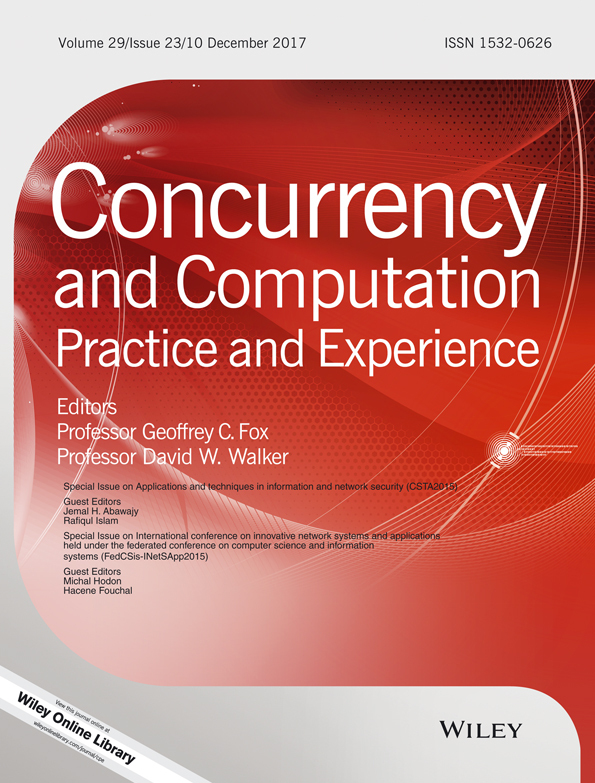Summary
Recently, barrier-coverage in wireless sensor networks is a critical issue because it can be used for various applications (e.g., intrusion detection and border protection). Many existing works for barrier-coverage assume that an intruder penetrates through two opposite sides such as from top to bottom or from bottom to top and focus on constructing barriers to detect those penetrations. However, in many practical scenarios, it should be desirable to detect an intruder that enters the area of interest through any of its sides and passes through any other of its sides. In this paper, we introduce a new barrier-coverage problem whose goal is maximizing the network lifetime such that any penetration variation of the attacker is guaranteed to be detected. In order to solve the problem, we create a new type of sensor barriers, which is referred as reinforced barriers, that can sense any movement variation of the intruder. Also, we propose four different approaches to construct reinforced barriers from a given layout of sensors and we compare their relative performances for maximum number of reinforced barriers through extensive simulations by various scenarios. Copyright © 2016 John Wiley & Sons, Ltd.




